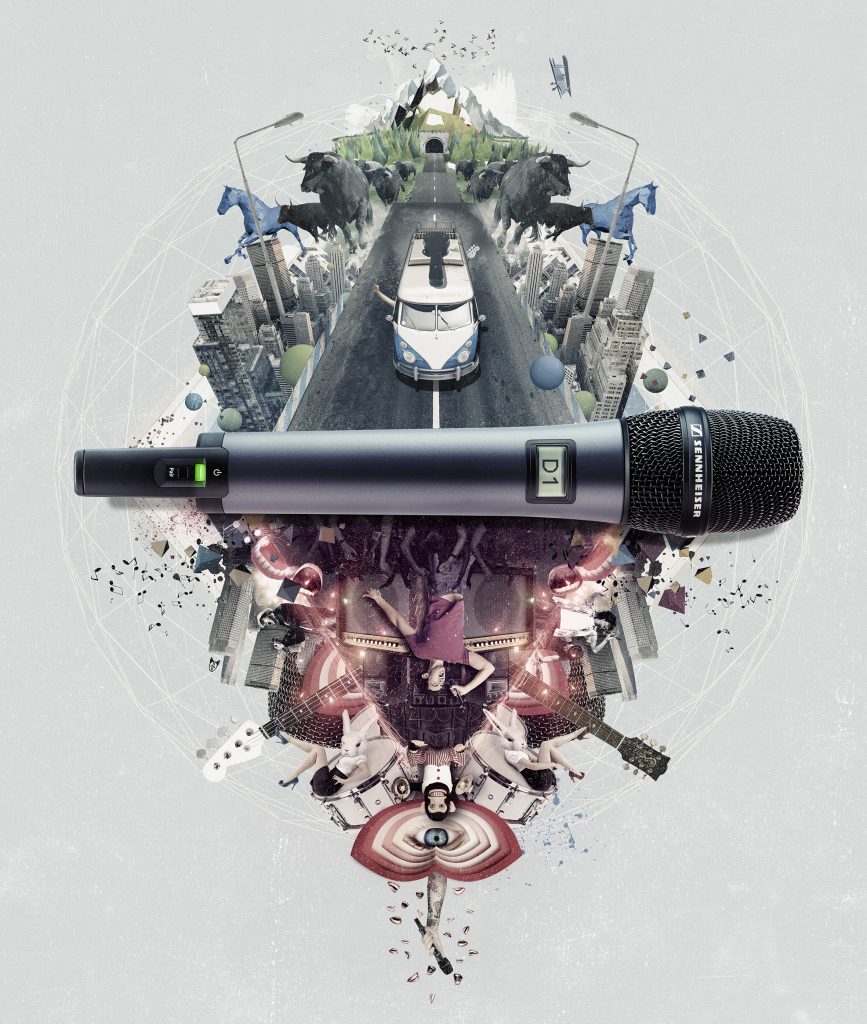Music has evolved over the years, right from the genres to the way we consume music, digitally and the modern devices – headphones, speakers, home theatre systems. What we forget to think upon is the fact that the way sound is recorded has also changed over the years mostly with the advancement in technology. The major evolution over the years in Studios and recording is the complete transformation from Analogue domain to digital domain. We have come a long way starting with – Analogue mono tapes to now much advanced and flexible digital audio workstations (DAW) which offer at least 128 track recording; Earlier to record music, musicians and singers all had to come together at one time, today individual artist and musicians can record at their convenient time and the song can be mixed later and with the development VST (virtual studio technologies), various music instruments can be played out of one midi controller.
Earlier sound was recorded on from vinyl to 8-track cut to – from cassette to CD and now is the era of digital downloads, the music industry as a whole has evolved over the years. This evolution can be segregated to four different eras – Acoustic, Electrical, Magnetic and Digital. The Acoustic era literally meant recording through mechanical devices. These recorders typically used a large conical horn to collect and focus the physical air pressure of the sound waves produced by the human voice or musical instruments.
The second era, electrical, brought forward the concept of integrated systems which involved – electrical microphones, electronic signal amplifiers and electrical disc-cutting machines. This marked the beginning of creating sound through a much more organized and hybrid process. Though the capturing was happening electronically, the actual process remained essentially mechanical. Consumer discs were mass-produced mechanically by stamping an impression of the master disc onto a suitable medium. This era also introduced a new profession – the audio engineer, to capture a fuller, richer and more detailed and balanced sound on record, using multiple microphones, connected to multi-channel electronic amplifiers, compressors, filters and sound mixers. Also, the electrical microphones led to a dramatic change in the performance style of singers.
This was followed by the magnetic tapes, the reason for the third era to be called the magnetic era. The magnetic tape recording started with Germany. Magnetic tape revolutionized broadcast and recording. When all radio was live, it allowed programming to be recorded. At a time when gramophone records were recorded in one take, it allowed recordings to be made in multiple parts, which were then mixed and edited with tolerable loss in quality. Magnetic tape quickly became the standard medium of audio master recording in the radio and music industries, and led to the development of the first hi-fi stereo recordings for the domestic market, the development of multi-track tape recording for music, and the demise of the disc as the primary mastering medium for sound.
Over the last few years, what has dramatically driven the recording industry to its most successful phase is the digital era. In a period of less than 20 years, all previous recording technologies were rapidly superseded by digital sound encoding. Unlike all previous technologies, which captured a continuous analogue of the sounds being recorded, digital recording captured sound by means of a very dense and rapid series of discrete samples of the sound. When played back through a digital-to-analogue converter, these audio samples are recombined to form a continuous flow of sound. This era introduced the most advanced consumer audio format to date – the digital compact disc (CD). The Compact Disc almost totally dominated the consumer audio market by the end of the 20th century, but within another decade it was rendered virtually redundant by the most significant new invention in the history of audio recording – the digital audio file. The Digital Audio File marked the end of one era in recording and the beginning of another. Digital files effectively eliminated the need to create or use a discrete, purpose-made physical recording medium (a disc, or a reel of tape, etc.) as the primary means of capturing, manufacturing and distributing commercial sound recordings. Concurrent with the development of these digital file formats, dramatic advances in home computing and the rapid expansion of the Internet mean that digital sound recordings can now be captured, processed, reproduced, distributed and stored entirely electronically, on a range of magnetic and optical recording media, and these can be distributed almost anywhere in the world, with no loss of fidelity, and crucially, without the need to first transfer these files to some form of permanent recording medium for shipment and sale.
Thus, over the years the recording journey has taken different turns and sound has been moulded into different casts with the objective of producing an end product that is ‘perfect’. The pursuit of perfect sound has brought us to the current era and will definitely take us further ahead with the constant evolution in technology.








